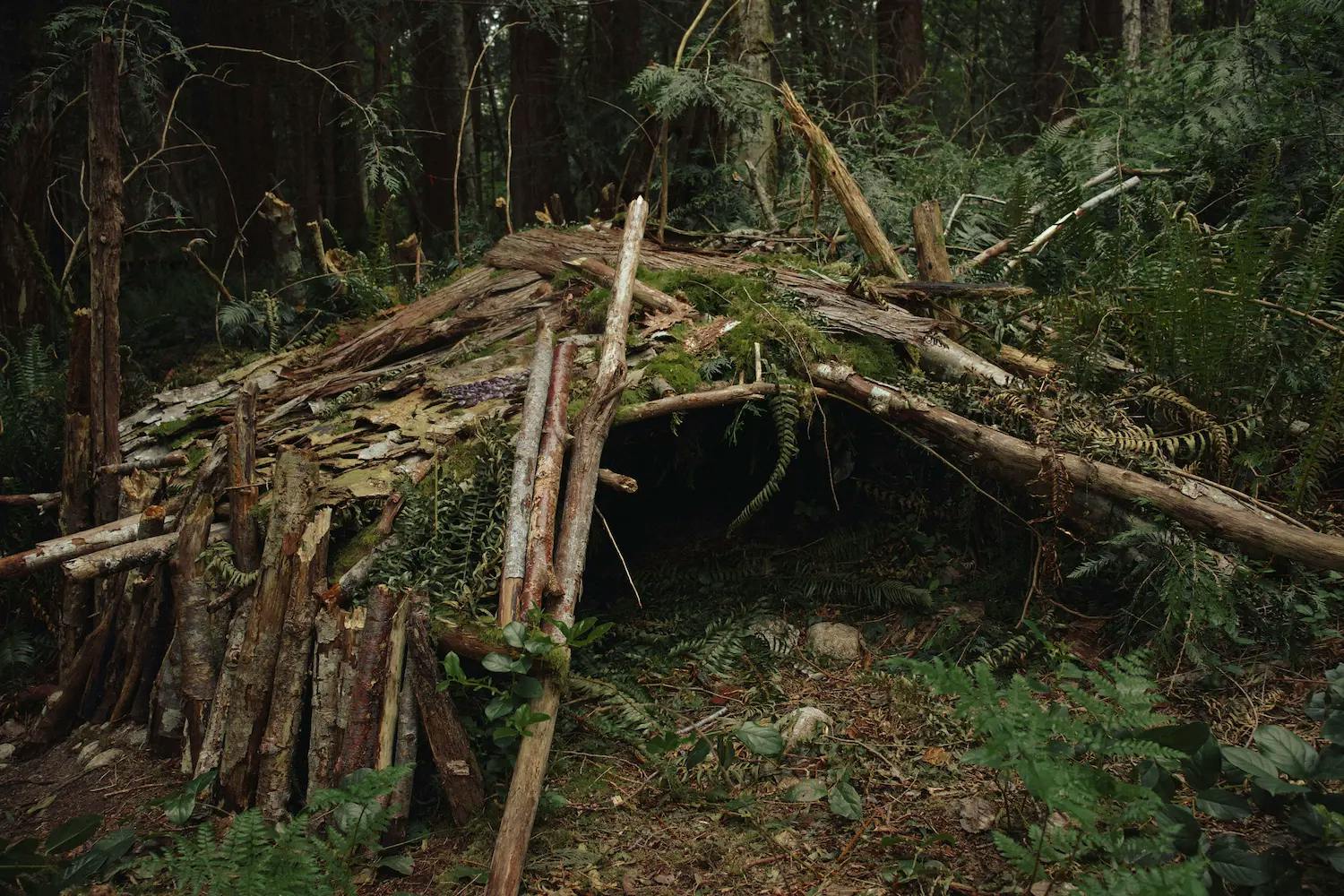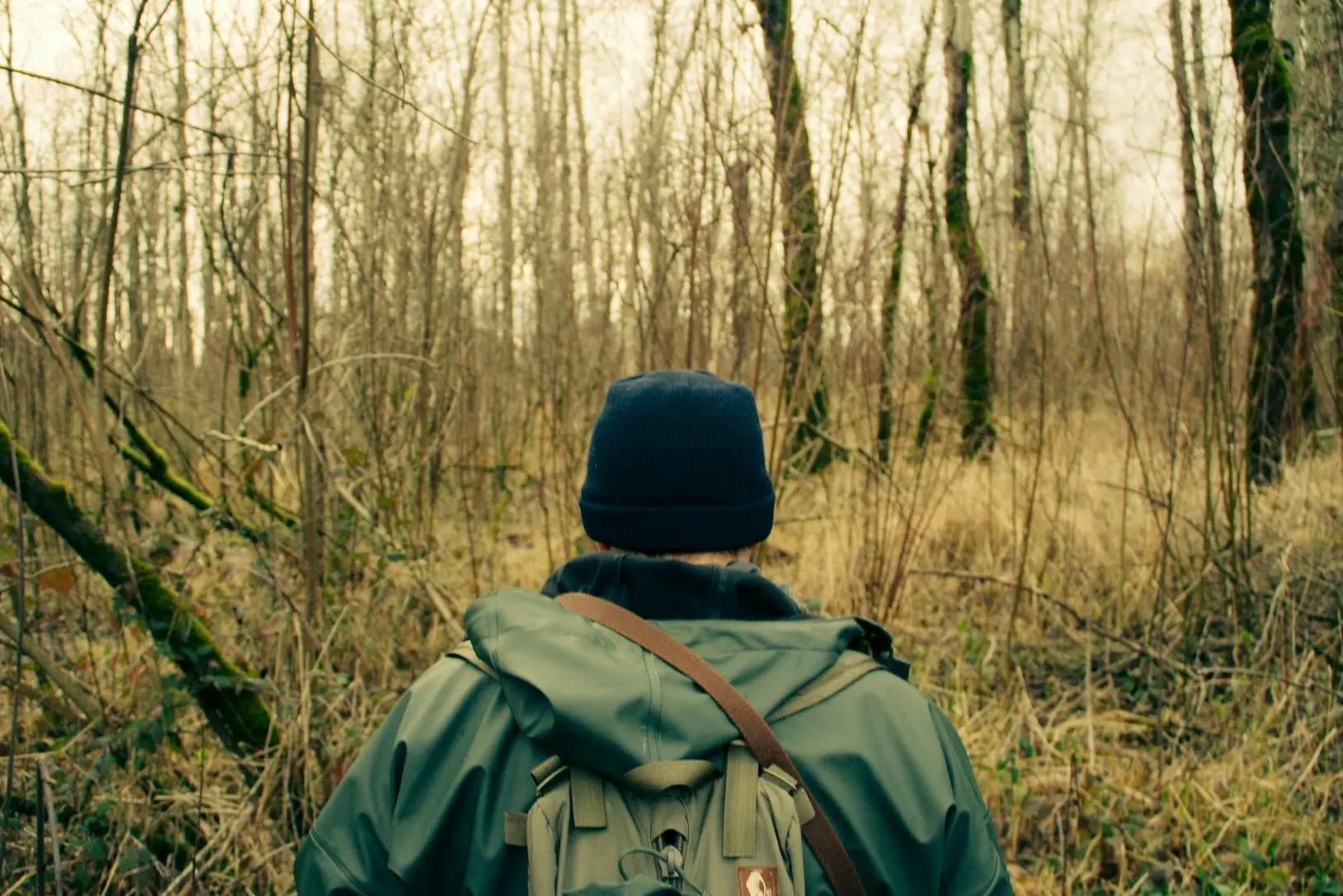Revolutionizing Urban Gardening: The Stealth Approach
- Published on
Urban gardening has become increasingly popular as people look for ways to become more self-sufficient and prepare for uncertain times. The ability to grow your own food, even in a small space, is a valuable skill for preppers and survivalists. However, traditional gardening methods may not be practical or sustainable in an urban setting. This is where the concept of stealth urban gardening comes in – a revolutionary approach that combines the principles of survivalism with urban agriculture.
The Challenges of Urban Gardening
Urban environments present unique challenges for gardeners. Limited space, lack of sunlight, and restrictive regulations are just a few obstacles that can hinder traditional gardening efforts. For preppers and survivalists, the need to maintain a low profile and avoid drawing attention to their preparations adds another layer of complexity to the mix.
The Concept of Stealth Urban Gardening
Stealth urban gardening is about growing food in a way that is discreet, efficient, and productive without attracting unwanted attention. It involves utilizing unconventional spaces, innovative techniques, and strategic planning to create a bountiful garden that is both functional and inconspicuous. This approach is especially appealing to those who value self-reliance and wish to supplement their emergency food supplies with homegrown produce.
Choosing the Right Location
When it comes to stealth urban gardening, the first step is to scout for the right location. Abandoned lots, rooftops, alleyways, and even windowsills can be transformed into productive growing spaces. For example, guerrilla gardening, which involves cultivating land that the gardener does not have the legal rights to use, is a popular tactic among stealth urban gardeners. This allows them to make use of neglected or overlooked areas while flying under the radar.
Selecting Suitable Crops
Not all crops are well-suited for stealth urban gardening. Low-maintenance, high-yielding plants that can thrive in various conditions are the top choices for preppers and survivalists. Leafy greens, herbs, and root vegetables are often preferred for their versatility and nutritional value. Additionally, dwarf or compact varieties are favored to maximize space and minimize visibility.
Implementing Innovative Techniques
Incorporating innovative growing techniques is a hallmark of stealth urban gardening. From vertical gardening and hydroponics to using unconventional containers and DIY irrigation systems, urban gardeners are constantly devising new ways to maximize their yields in minimal space. These methods not only conserve space but also enable gardeners to operate discreetly, safeguarding their supplies in times of need.
Maintaining a Low Profile
Stealth urban gardening isn't just about where and what you grow – it's also about how you do it. Keeping a low profile is crucial, especially for preppers and survivalists who want to avoid attracting unwanted attention. This involves practicing good operational security (OPSEC) by minimizing visible signs of gardening activity, such as excessive foot traffic or conspicuous equipment. Additionally, integrating camouflage techniques, like blending in with surrounding vegetation, can aid in maintaining stealth.
Beyond Survival: The Stealth Urban Gardener's Role
While stealth urban gardening is rooted in the ethos of survivalism, its impact extends beyond individual preparedness. By greening neglected urban spaces and fostering community resilience, stealth urban gardeners contribute to local food security and environmental sustainability. Their efforts not only provide a means of sustenance but also inspire others to reconnect with the land and take control of their food sources.
Embracing the Stealth Urban Gardening Movement
As the world grapples with uncertain geopolitical, economic, and environmental challenges, the appeal of stealth urban gardening continues to grow. Preppers, survivalists, and eco-conscious individuals are turning to this innovative approach as a means of safeguarding their well-being and asserting their independence. The fusion of self-reliance and urban agriculture encapsulated in stealth urban gardening exemplifies a powerful response to the fragility of modern food systems.
In conclusion, stealth urban gardening represents a paradigm shift in how we perceive and practice urban agriculture. Its synthesis of resilience, resourcefulness, and discretion embodies the essence of survivalism in an urban context. By embracing this approach, individuals can not only fortify their preparedness efforts but also contribute to the resilience of their communities. In an era marked by uncertainty, the stealth urban gardening movement stands as a testament to the enduring spirit of self-sufficiency and ingenuity.



